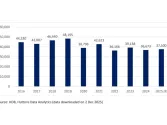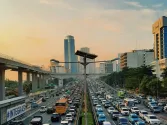
Brisbane supply pipeline currently at 1,300 apartments
They are expected to be completed by 2026.
The Brisbane housing market is likely to continue experiencing significant pressure. According to a JLL report, the supply pipeline is expected to remain constrained by the challenges of the construction sector for some time to come.
In 2026, the current pipeline indicates that only 1300 apartments will be completed, including 250 that are yet to start construction.
Here’s more from JLL:
Population growth will continue to fuel demand, keeping the market tight. Cash rate cuts are expected to occur through 2025, which might alleviate the pressure on, rental growth, but fuel further expansion of capital values.
Brisbane’s apartment completions to rise in 2025, but still at low levels
Despite some general housing demand headwinds from higher interest rates, the underlying drivers of Brisbane residential demand remain robust. In particular, a solid local economy and a large local infrastructure program continue to drive jobs growth and strong inward migration.
For apartments off-the-plan, demand remains robust for premium units aimed at owner-occupiers, particularly from downsizers. Demand for mass-market apartment projects is still more patchy, but with so few projects being actively marketed some of those that have launched have sold quickly.
Construction challenges continue to limit new developments
New supply levels have already been low for several years now and ongoing construction constraints mean few projects are getting started in spite of a clear need for more supply to keep pace with strong population growth.
Securing a builder for apartment projects (BTS or BTR) remains extremely difficult while there is an abundance of government-backed infrastructure and Olympic projects on the horizon that are far lower risk and more attractive for building contractors.
Potential interest rate cuts may further boost capital values
Premium projects have been the focus for developers as buyers in this market are willing to pay higher prices necessary to compensate for the higher build costs.
The rental market remains very tight, and Brisbane rents continue to grow faster than Sydney and Melbourne, recording an increase of 9.1% over the year.
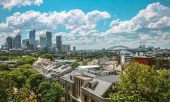

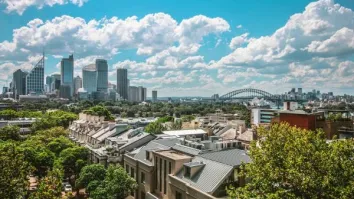

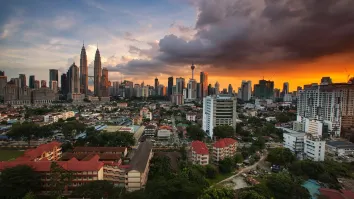
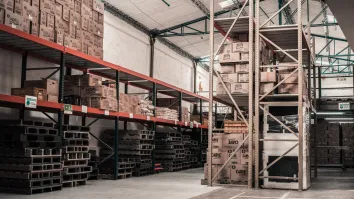

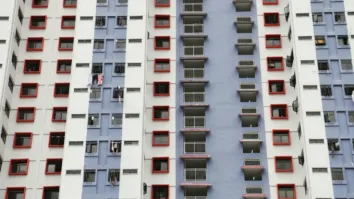

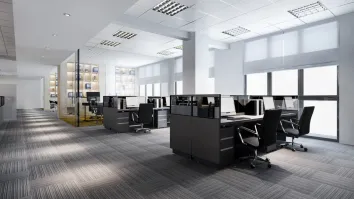

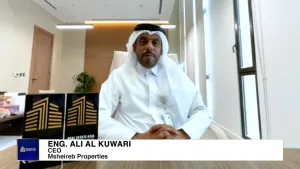

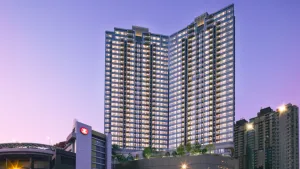
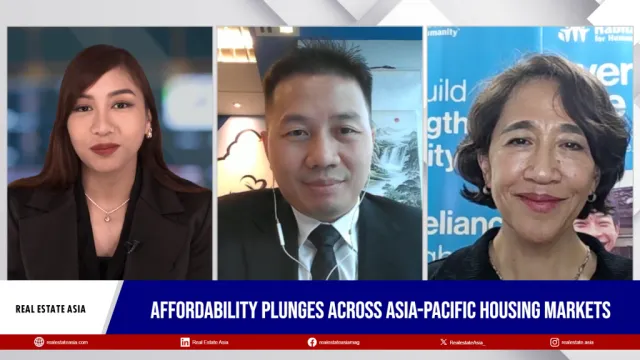
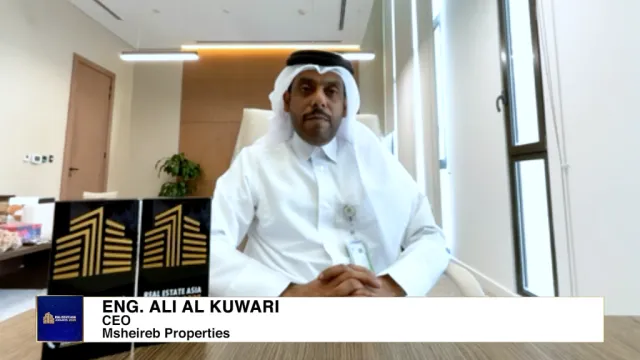
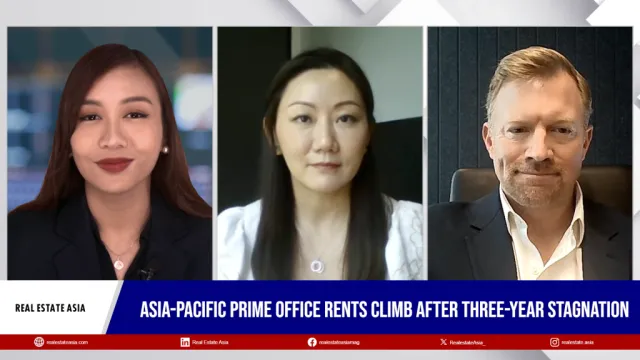
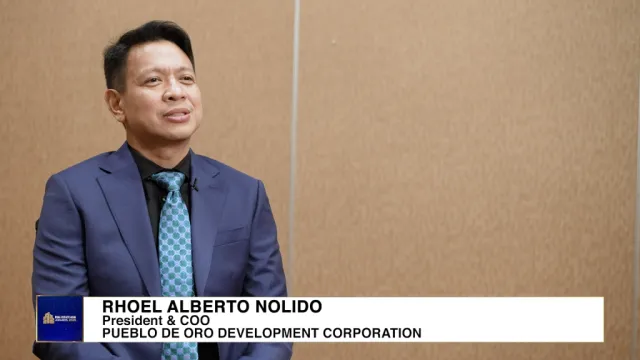
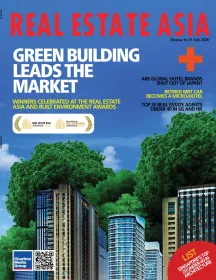
 Advertise
Advertise
